The Complete List of Android Versions
Thanks to its version code names based on delicious desserts, a trip to android history is refreshing. What’s more, with every release of its new version, Google puts up a giant statue of the delicacy associated with the code name on its campus.
What better way to celebrate the arrival of those luring Android versions, equally tempting as the desserts they stand for.
Every Android version after 1.5 has been evolved with definite code names that have been chosen in an alphabetical manner. And no official explanation has ever been given for this peculiar naming convention, although it has garnered much media attention.
However, Google did not attach any high-calorie code name to its initial versions 1.0 and 1.1 of the Android Operating System.
1. Cupcake
Although not the very first version from Google after buying the company Android, Version 1.5 is considered as the first prominent version that highlighted the true power of its platform.
With this version, in fact, Google kicked off the trend of naming its versions after yummy desserts. The many novel features associated with the Cupcake version include third-party keyboard and direct upload to YouTube.
2. Donut
Released in 2009, Android Version 1.6 has been code named as “Donut,” after the tasty ring-shaped delicacy. Its specialties like enhanced user experience, text-to speech support, improved video aspects and refined search integration helped Google to get itself rooted firmly in the highly competitive Smartphone market.
Larger screen-size support and turn-by-turn navigation facilities were the other sweet coatings on the donut version.
3. Eclair
Named after those oblong baked pastries with chocolate filling, Android 2.0 was released in October 2009. The bug fix version named as 2.0.1 soon followed a couple of months later in December 2009. Then in January 2010, out came Android 2.1 with added animation features.
However, the three versions are often considered as a single release. Google map navigation is its highlighted feature. Other celebrated features of Version Éclair include flash and digital zoom options for camera, live wallpapers, multi-touch support mechanism and of course, Bluetooth 2.1 support.
4. Froyo
The next one in the queue, Android 2.2 is about sheer speed and nothing else. Short for Frozen Yoghurt, Google got this version’s speed technically enhanced. Yet another unique characteristic feature was its uniquely redesigned home screen. It ensured better functionality for the device, with the entire process streamlined.
5. Gingerbread
Named after the popular ginger-flavored cookies, Android version 2.3 looked new and fresh in various ways. A few of its unique features included several cameras, SIP internet calling, download manager, a few sensors like a barometer, gravimeter etc.
6. Honeycomb
Google introduced Android 3.0 in February 2011 and called it, Honeycomb. Made for tablets, versions 3.1 and 3.2 followed in rapid succession. Gingerbread was, in fact, Android’s very first tablet-only update.
7. Ice Cream Sandwich
Version 4.0 was the outcome of Google’s plan to get the tablet-only platform of Honeycomb synthesized with a mobile platform. Dubbed as Ice-cream Sandwich, enhanced functionality was not the only big change that it brought in. In terms of design too, there were drastic changes.
Introduction of default font was another highlight of Ice-cream Sandwich. From this version onwards, Google effectively brought all its services under the umbrella, ‘Google Play’.
8. Jelly Bean
Although primarily meant to enhance functionality and improve user interface, “Google Now” was indeed the most innovative aspect of Version 4.1. Nicknamed as Jelly Bean, here was something that could correctly guess what you are up to search, before you actually go looking for it.
Apart from the predictive feature, highly interactive notifications too made Jelly Bean stand out from the rest. Version 4.1 was also noted for its unique in- built speech-to-text engine, popularly referred to as ‘voice typing’. The outcome has been an overall performance enhancement that assured an absolutely buttery smooth user interface.
9. KitKat
Google officially unveiled Android version 4.4, which it named as Kitkat, in 2013. Nestle offered full support and even kicked off a special ad campaign on its release.
However, the code name that Google had initially associated with Android 4.4 was “Key Lime Pie”. The name was later changed to Kitkat as they thought key lime pie was not a very popular dessert.
Google wanted a dessert name that is known by all, and hence partnered with Nestle for the code name Kitkat. Version 4.4 debuted on Nexus 5, and can effectively run on quite many devices compared to earlier Android versions.
‘Google Now’ feature, introduced initially in Jelly Bean was taken even ahead with the introduction of Kitkat. Earlier, you had to touch the gadget to open up the smart artificial intelligence (AI) assistant. Now with Jelly Bean, all you got to do to initiate the search is to utter the required phrase to the gadget.
Another advantage of Version 4.4 was that now the operating system could run even on devices with lower RAM. 512 MB RAM was the recommended minimum. The introduction of Emoji on Google’s keyboards was yet another unique aspect of Kitkat.
10. Lollipop
With Version 5.0, popularly referred to as Lollipop, Android could simply spread across a wide range of devices from smart phones to televisions and even to smart watches. Lollipop came out with a brand new runtime. Battery saving feature ensures excellent battery life on these various devices. It saves your phone from damage even while its battery is running low.
11. Marshmallow
Android 6.0, named Marshmallow, has been released under the code name Android M. It has ushered in a fistful of welcome changes that are sure to make a major impact. Doze mode that cuts down the power consumption drastically when the device is idle, opt-in app permission, fully supported USB C, inbuilt fingerprint sensor support system is but a few of them.
It even allows the user to get a MicroSD card formatted and use it as internal storage, enjoying the same security level.
Of course, all those versions that have been rolled out by Google till now have been sweet. Still sweeter ones are yet to come and steal the show.
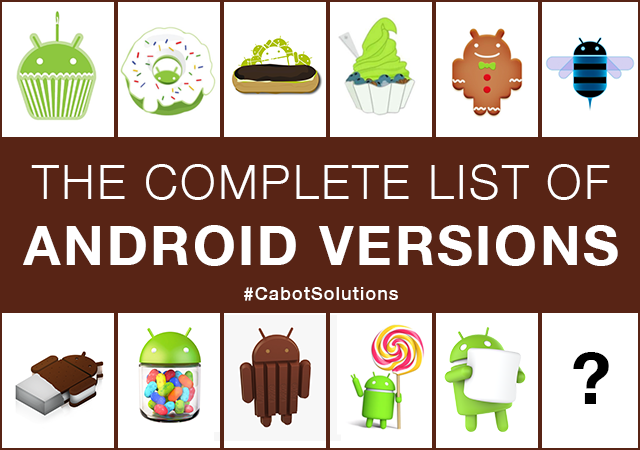


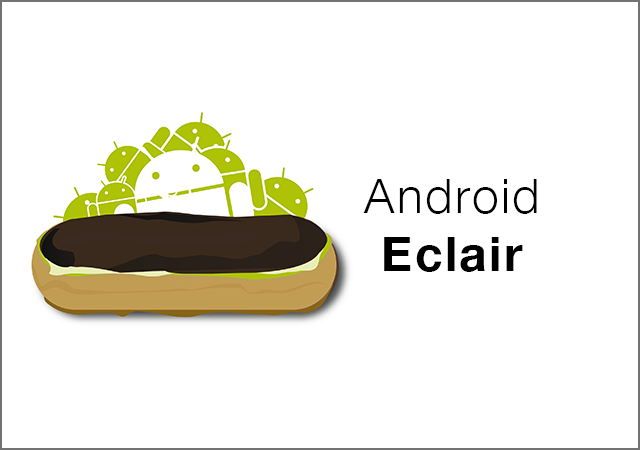



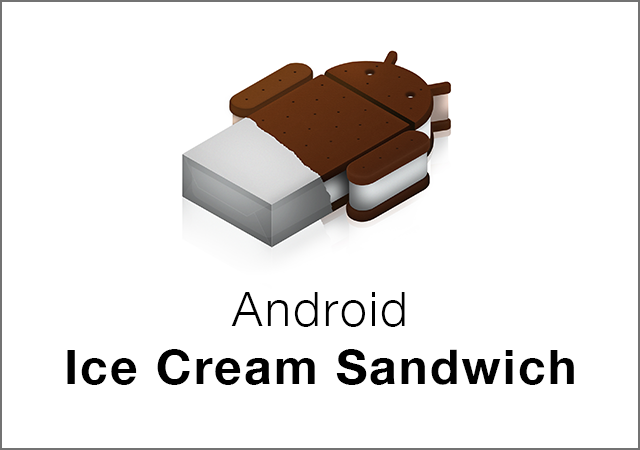
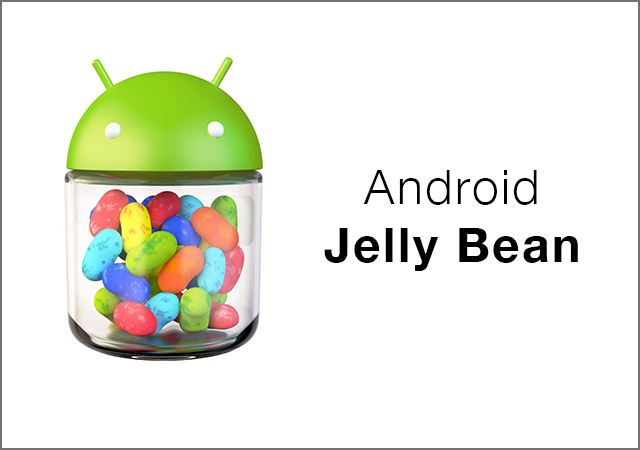
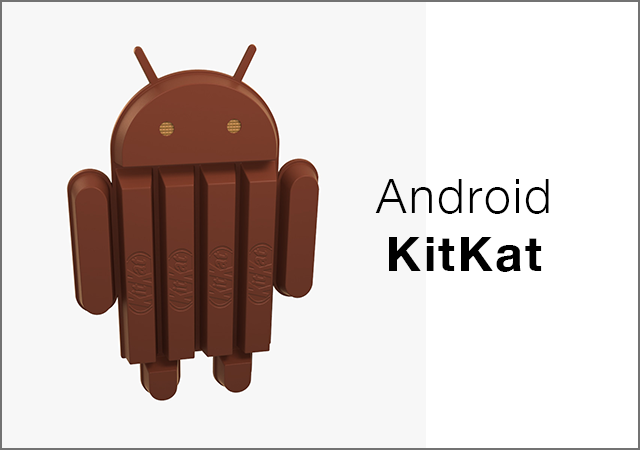


No comments:
Post a Comment